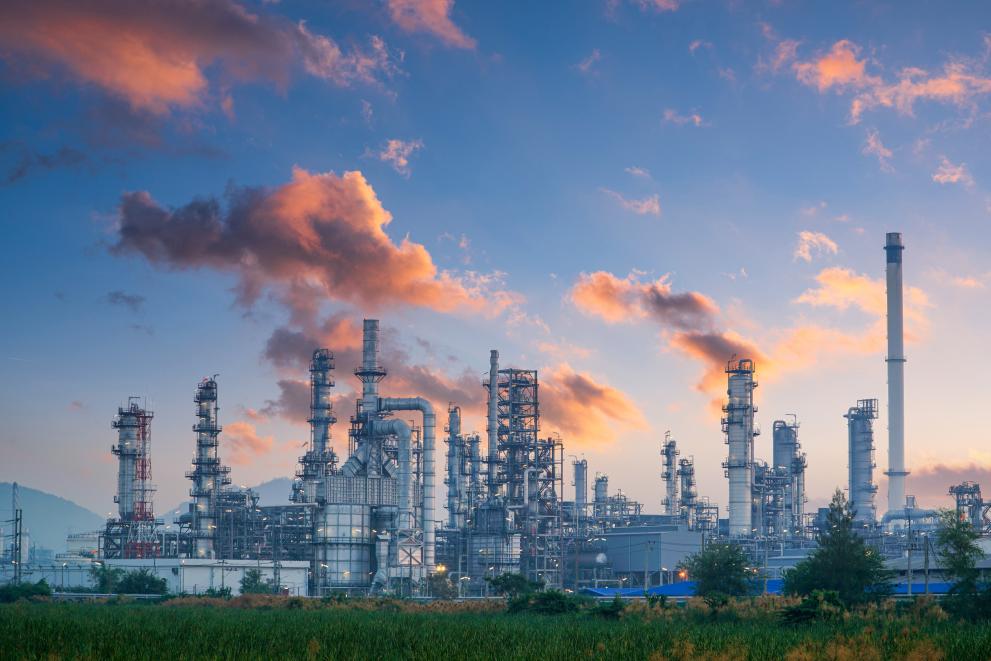
New legal norms envisage for existing installations four years to adapt, while new facilities must comply immediately.
The new European Commission Decisions refer to the management and treatment of waste gas in the chemical sector and a series of activities in the textile industry. They stem from a coordinated effort by stakeholders, including industry, to agree on Best Available Techniques (BATs). They were published on 12 and 20 December 2022 respectively.
It is another step by the European Commission towards the Zero Pollution ambition to reduce air, water and soil pollution to levels harmless to health and the environment. The Zero Pollution goal is one of the Green Deal’s headline actions on pollution, among a series of initiatives aiming to make Europe the first climate-neutral continent. The new norms, together with the EU Chemicals Strategy for Sustainability, aim to increase the level of protection of human health and the environment while boosting the competitiveness of industry.
Waste gas in the chemical industry
The chemical activities covered under the Common Waste Gas Management and Treatment Systems in the Chemical Sector (WGC) BAT Conclusions mainly include the production of organic chemicals, polymers and pharmaceuticals, which are large emitters of volatile organic compounds (VOCs) with about 40 000 tonnes emitted to air each year.
The new norms for WGC target emission standards for 34 key air pollutants emitted from the chemical industry sector and include stricter binding levels for volatile organic compounds (VOCs). A particular attention is paid to carcinogenic or toxic substances. In addition, they introduce a new approach based on a management system for preventing, reducing and quantifying diffuse emissions (those emissions that are not channelled or ducted, such as leaks from equipment).
This is a major step forward because diffuse emissions may represent a significant share of the total air emissions from chemical installations. The new environmental criteria also establish specific emission caps for VOCs and vinyl chloride monomers (VCMs). The two are pollutants emitted from the production of polymers (such as PVC or polyethylene). The new criteria reinforces monitoring and control measures to track the evolution of the expected emission reductions.
Processing of textiles
In the case of the textile sector, the environmental legislative changes concern in particular the wet processing of textiles, which include treatments such as bleaching, dyeing or finishing treatment to give specific properties to the textile, like water repellence. The new norm is part of the EU strategy for sustainable and circular textiles which aims to create a greener, more competitive textiles sector.
The new norm for the textile sector has a particular emphasis on emissions to air and to water and targets over 20 air and water pollutants including formaldehyde, total volatile organic compounds (TVOC), dust, as well as ammonia for emissions to air, or metals for emissions to water. The new norm focuses also on environmental issues relevant to circular economy – including energy efficiency and resource efficiency (water consumption, chemicals consumption, waste generation). It also promotes more sustainable industrial production through the substitution of chemicals that are hazardous, harmful or have a high environmental impact by introducing an approach underpinned by a chemical management system.
Background
The Industrial Emissions Directive (IED) provides a framework for regulating about 52 000 larger industrial and livestock installations across the EU. It requires these installations to hold a permit based on the use of Best Available Techniques (BAT). An EU-level information exchange process results in BAT reference documents and establishes BAT conclusions.
The process for the drawing up and review of BAT reference documents (BREFs) and their conclusions is led by the Joint Research Centre’s European Integrated Pollution Prevention and Control Bureau (EIPPCB), based in Seville, Spain, and is known as the “Sevilla process”.
Best Available Techniques are first proposed by the EIPPCB based on an extensive, inclusive and transparent exchange of information between stakeholders. These are then debated and discussed during several-day meetings between experts and agreed by consensus, before their inclusion in the reference documents on Best Available Techniques (the BREFs), which are used as a reference worldwide. Following this process, EU Member States vote on the environmental norms resulting from the experts’ discussion and, if a positive vote is achieved, the BAT conclusions are formally adopted by the European Commission.
The WGC BAT conclusions and TXT BAT conclusions are the 19th and 20th sets, respectively, of BAT conclusions adopted as a Commission Implementing Decision under the IED.
Both WGC and TXT BREFs will be soon made publicly available on the EIPPCB webpage.
Details
- Publication date
- 13 January 2023
- Author
- Joint Research Centre
- JRC portfolios



